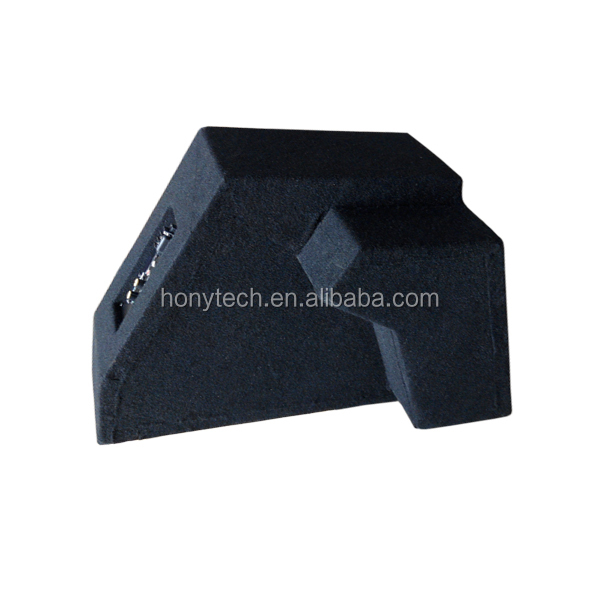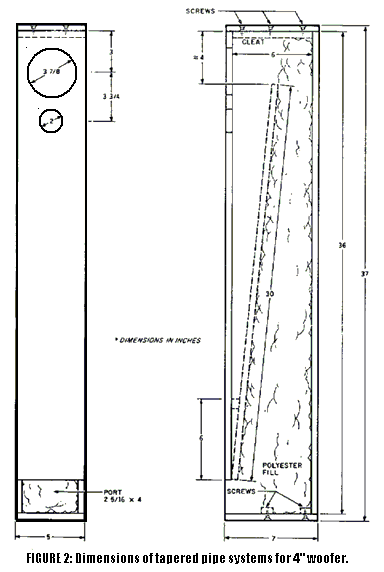

This is most apparent at the lower frequencies, since they have a long wavelength and even after the two waves (front and rear) have travelled slightly different distances before they combine, they are still almost completely out of phase and cancel each other out.
#Folded pipe speaker enclosure design driver
What this means is that when a driver is operating with no enclosure at all, a lot of the energy it produces at some frequencies will cancel out due to interference of the wave from the rear and the wave from the front of the cone. Sound is reproduced and radiated equally from the front and the back of the cone, but in exactly the opposite "phase". The second is due to the symmetrical nature of the output of dynamic cone type drivers. There is also the fact that the physical arrangement of the various elements will affect the overall sound quality, for better or worse. This is mostly a solution to the trivial mechanical issue of ensuring that the various components do not move around while they are doing their job of converting an electrical signal to physical motion. The first is to hold the speaker parts in place relative to each other and the room.

Why not just pile the parts up aimed at the listening area and plug them in? There are essentially two parts to the answer to this question, which combined result in the sort of enclosure you usually see in most speakers. The first question to address is why we build cabinets for speakers in the first place. I would recommend at least skimming this entire document (and any other information about the subject you have access to) before embarking on your speaker building project.

For instance, some of the topics in the finish work section should be planned before buying any materials at all.
#Folded pipe speaker enclosure design series
Note 2: Although some parts of the individual sections are presented as a series of steps, in order, the overall structure of this file is not particularly linear. They all refer to the same element of the speaker system, although "baffle" is often used to mean just the front panel. Note 1: I will use the words "cabinet", "enclosure", "box" and sometimes "baffle" interchangably as synonyms throughout this text, usually just for variety. Here I will try to set forth as much as I think I know about this subject, hopefully arranged so the beginner or the curious can read the whole file and learn what they need to know, but also so the experienced hobbyist can jump around to see if I may have shed some light on any aspects they are not fully versed in already. I try to encourage this approach using my speaker components, since they provide a high level of performance without any extra effort on the part of the home builder, while the design and execution of the cabinet construction itself gives the immense satisfaction of producing something out of your own imagination and finished to your own taste. The quality of the sound is assured by the use of components designed to work well together and the appearance and quality of the final product is under your design and control. Perhaps the most satisfying "do it yourself" experience with home loudspeakers to be had is building the speaker enclosures, or cabinets, yourself and installing a proven high quality system of components in them. HUMAN Speakers is still building and shipping speakersĭuring this public health crisis More information.Ĭabinet Design, Building, and General Hints


 0 kommentar(er)
0 kommentar(er)
